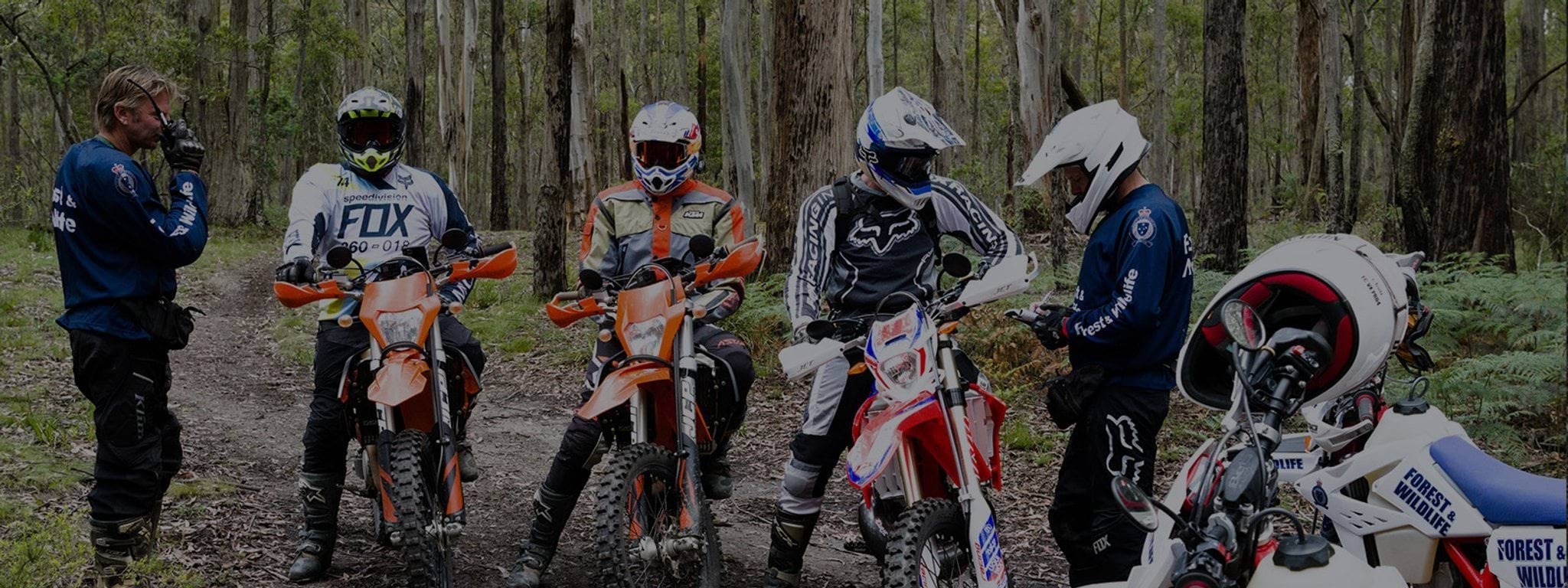You can drive vehicles such as four-wheel drives (4WDs) and trail bikes in State forests so long as you follow Victorian road rules, drive only on formed roads and tracks, and not in a way that damages the environment.
What are the rules?
Victoria's road rules apply when travelling on roads and tracks in State forests and parks. This means:
- You must have a current drivers/motorcycle licence.
- Your vehicle (4WD, trail bike or other) must be registered.
- You must use appropriate safety equipment, e.g. wearing seatbelts in cars and an approved helmet when riding.
- You must drive safely, keep left and use headlights at night.
*Conservation Regulator Authorised Officers work closely with Victoria Police Officers across the state to ensure compliance with these rules. Anyone caught using vehicles illegally on public land can be fined on-the-spot, or penalised in court, and your vehicle could be impounded.
You can travel on all roads and tracks that are designed for vehicles with four wheels.
It’s illegal to take vehicles off-road on public land. This means you cannot drive or ride on natural areas, single tracks, walking and cycling trails, or through riverbeds and streams. See the slideshow at the bottom of this page to see examples of the different types of tracks.
Some roads are seasonally closed during the wetter months to protect the terrain and emergency access. This ensures roads can be easily re-opened when appropriate without needing repair. Always check road closures that might impact your adventure on this map of road closures.
*Conservation Regulator Authorised Officers regularly patrol State forests targeting illegal vehicle use. Penalties apply to those caught on a closed road or using a vehicle in a way that damages the land.
You can explore the huge network of roads throughout the forest as long as you’re not damaging the land or causing obstructions. The best drivers are the ones who tread lightly to keep our forest ecosystems resilient and the roads open for everyone.
Check out public land tracks on the More to Explore website or in the More to Explore app. Road closure information is available on this map of road closures.
You can ride trail bikes in a State forest on any roads or tracks designed for vehicles with four wheels.
While single tracks might look established, most of them have been unlawfully created through sensitive areas and it is illegal to use them. We know it can be challenging to tell this in the forest, so if you’re not sure, stick to roads and tracks clearly designed for cars and recognised tracks shown on the More to Explore website or in the More to Explore app. Road closure information is available on this map of road closures.
You can use all formed roads in the forest, plus the extensive networks of designated mountain bike trails across public land. Please stick to recognised trails. Visitor sites and trails in state forests can be found through the More to Explore app.
Sometimes, illegally created mountain bike tracks are promoted on fitness and recreation apps. These tracks are often created through environmentally sensitive areas and can pose a serious risk of injury. If you cause damage to the land by riding on these tracks you are committing an offence and can be fined and prosecuted. To keep our forests resilient and open, only use land manager approved trails.
If you have an ordinary e-bike, the same advice above for mountain bikes applies to you.
If your e-bike is high-powered, meaning with an output over 250 watts or a top-speed over 25kph, it is classified as a motorcycle and you cannot ride on mountain bike trails. Refer to the trail bike information above for rules about high-powered e-bikes.
Unregistered motorbikes, quad bikes, all-terrain vehicles, and side-by-side vehicles are not allowed in State forests. If you are caught using these vehicles in forests, you could face penalties.
These are some of the tracks you may come across in a State forest. You can't drive any motor vehicle on these tracks - stay on formed roads.
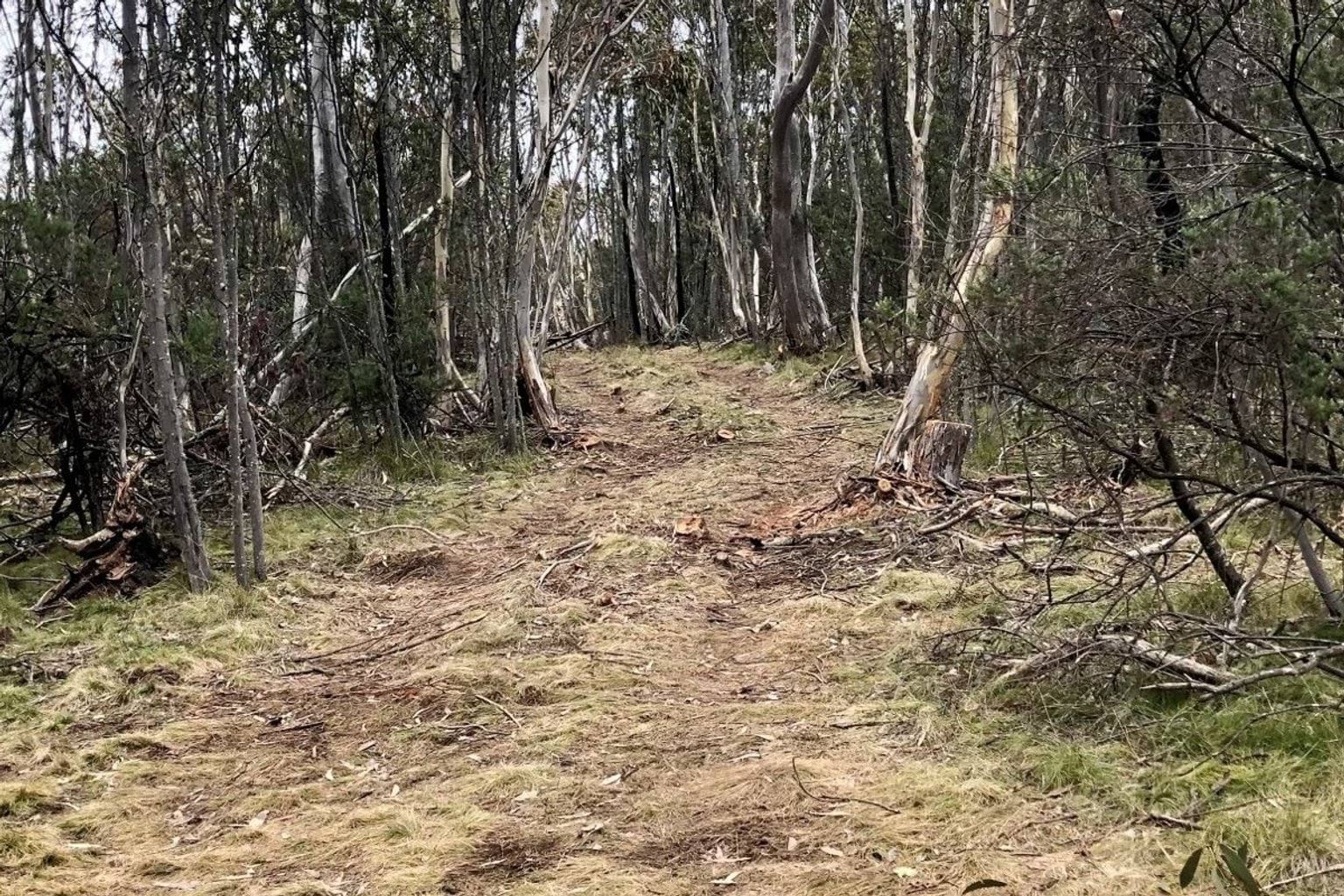
natural terrain
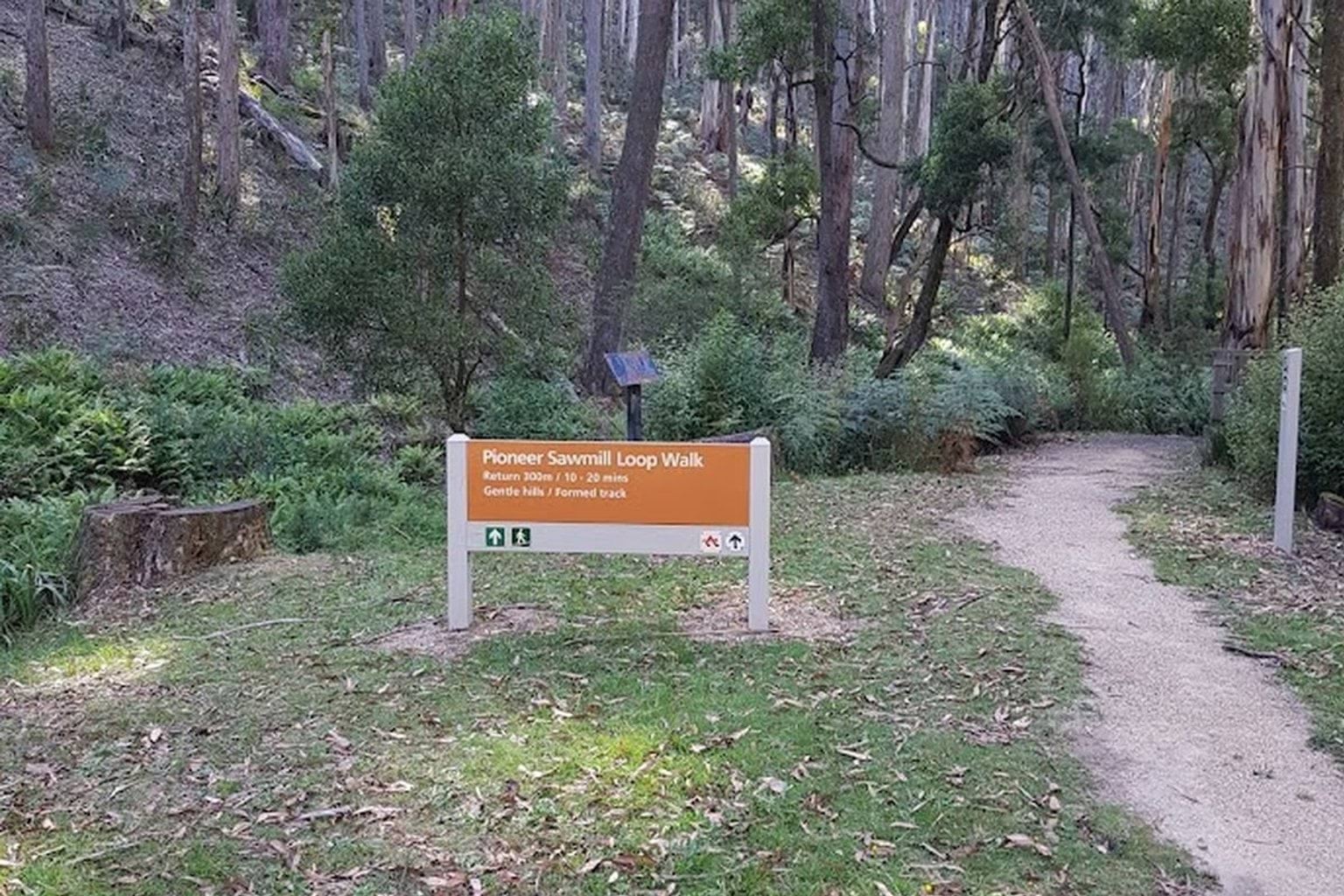
walking trails
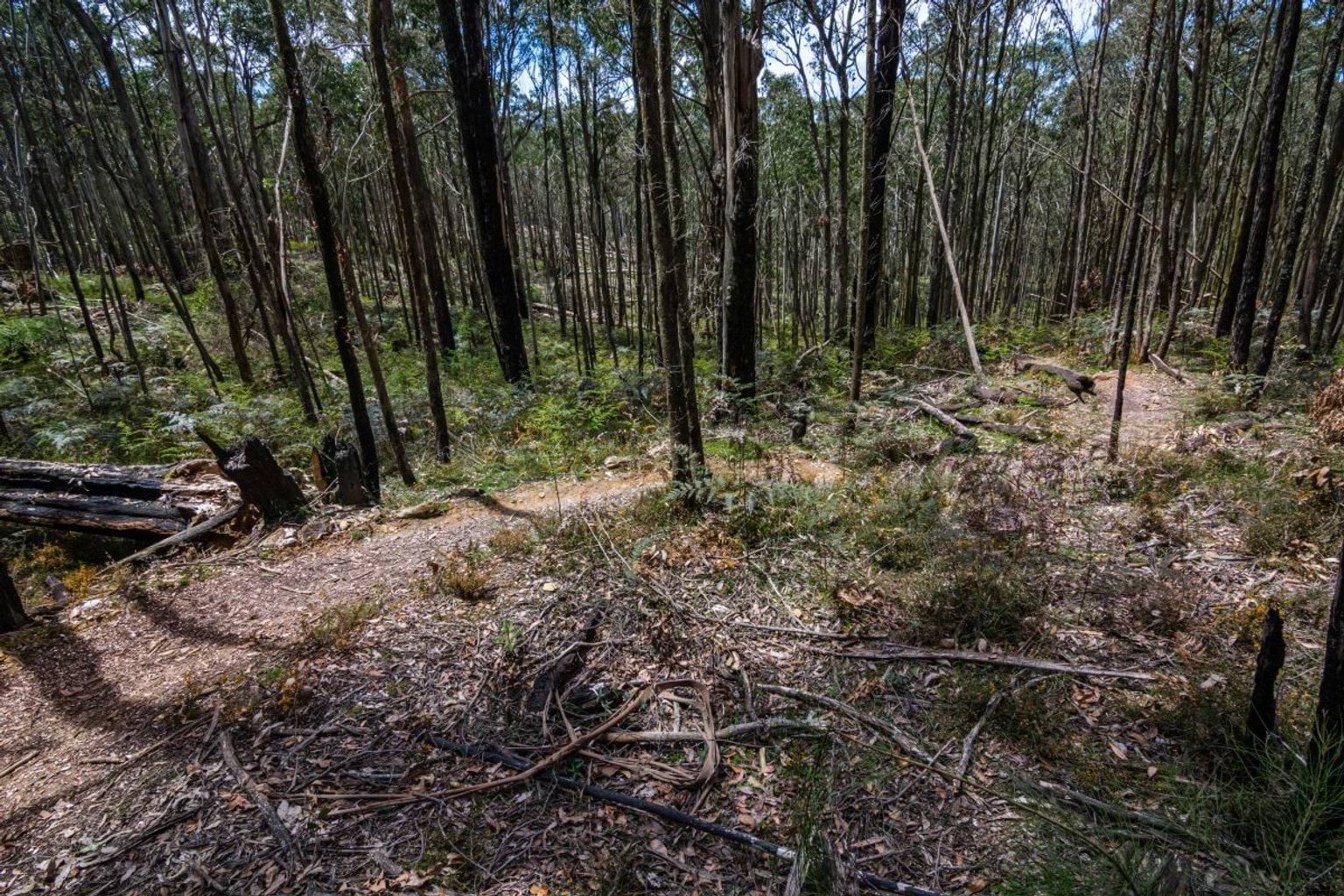
cycling trails
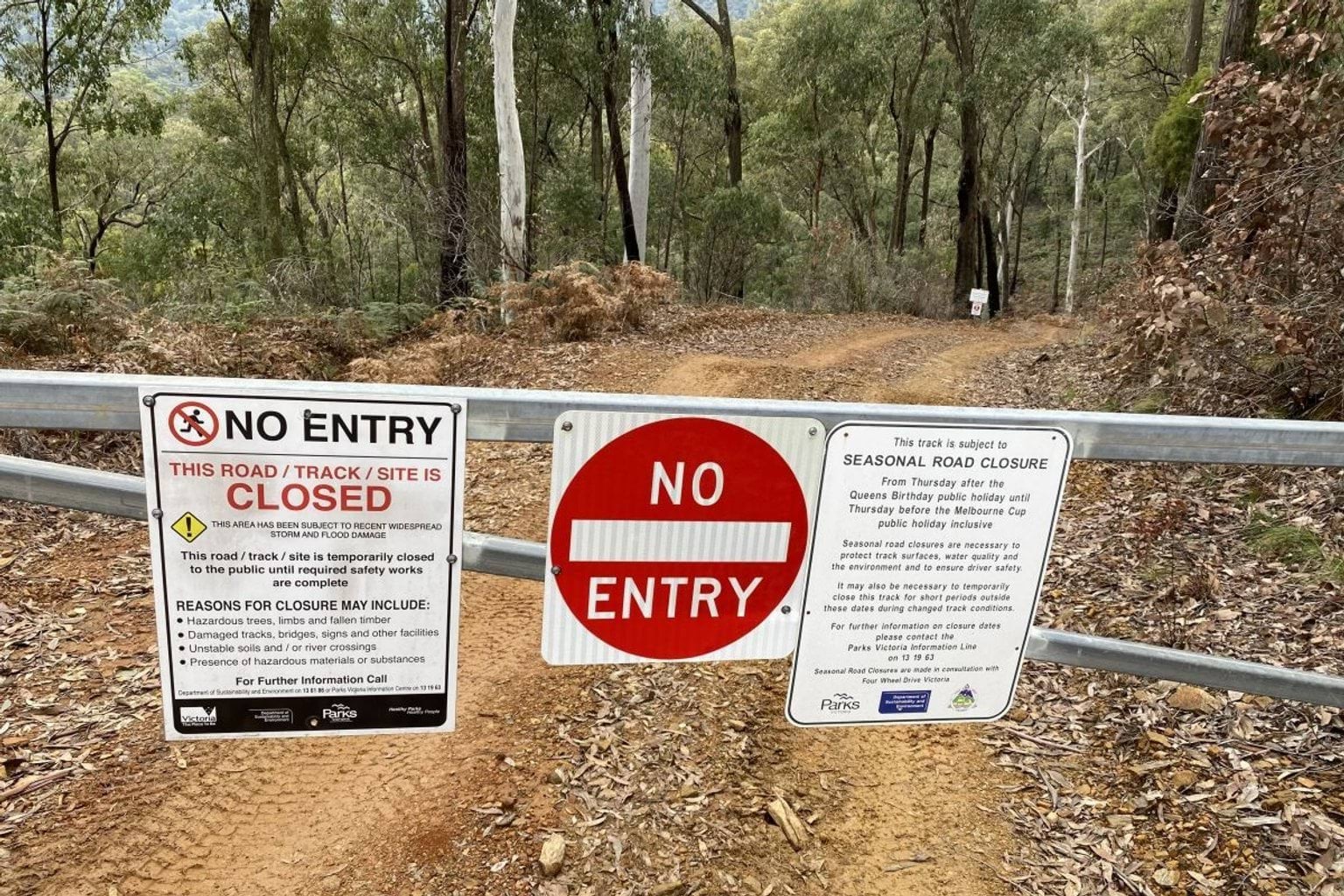
closed roads
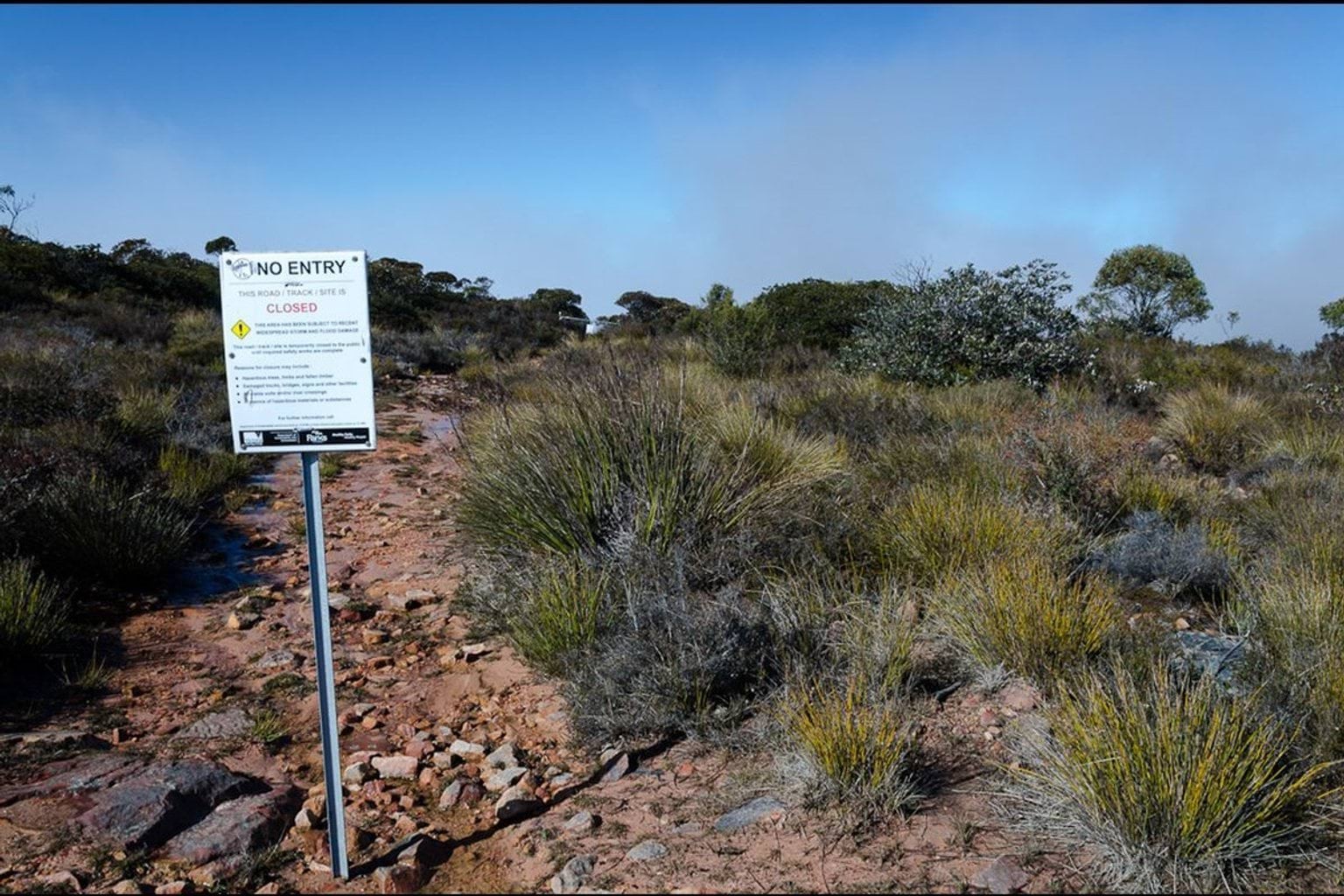
restricted access areas
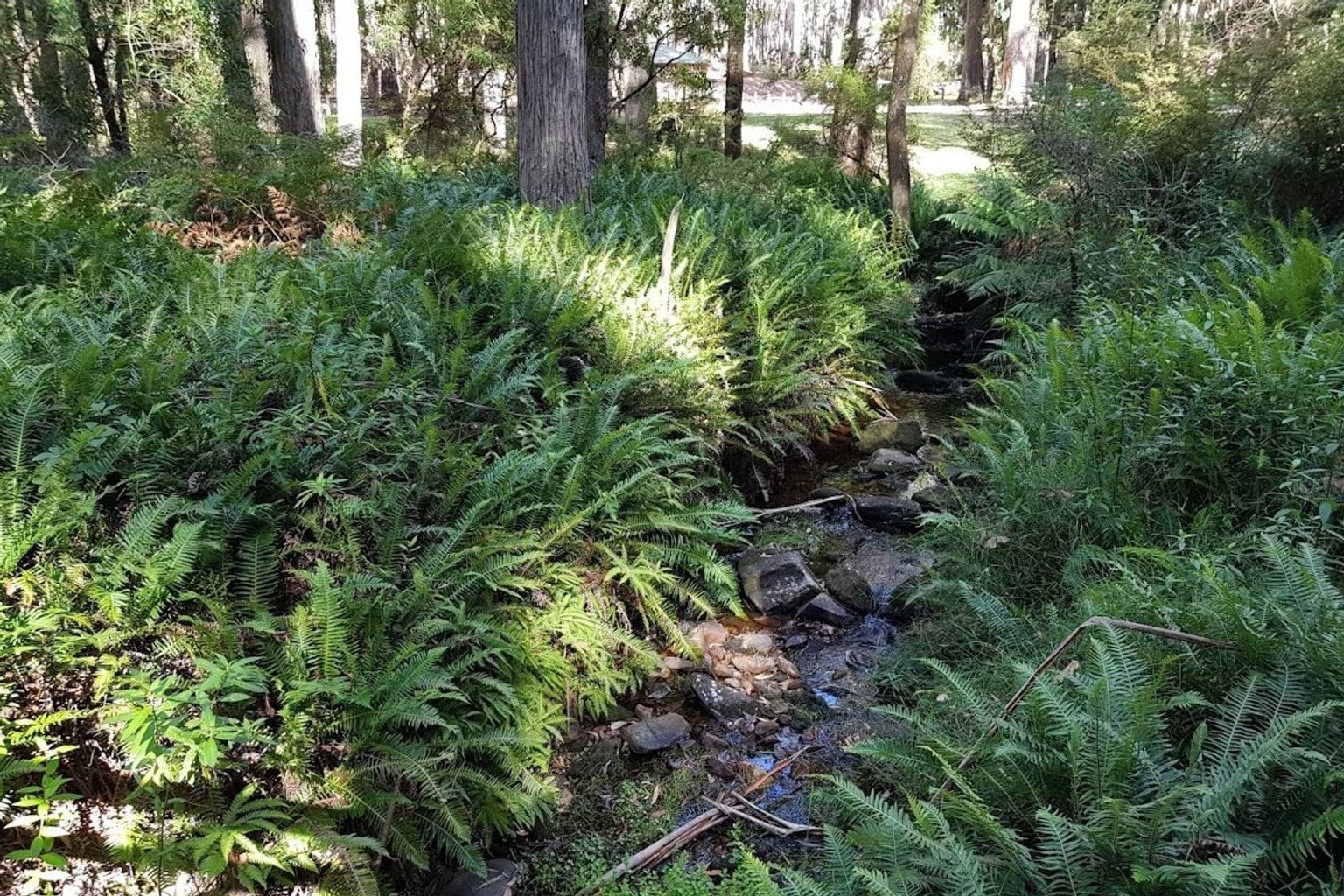
streams
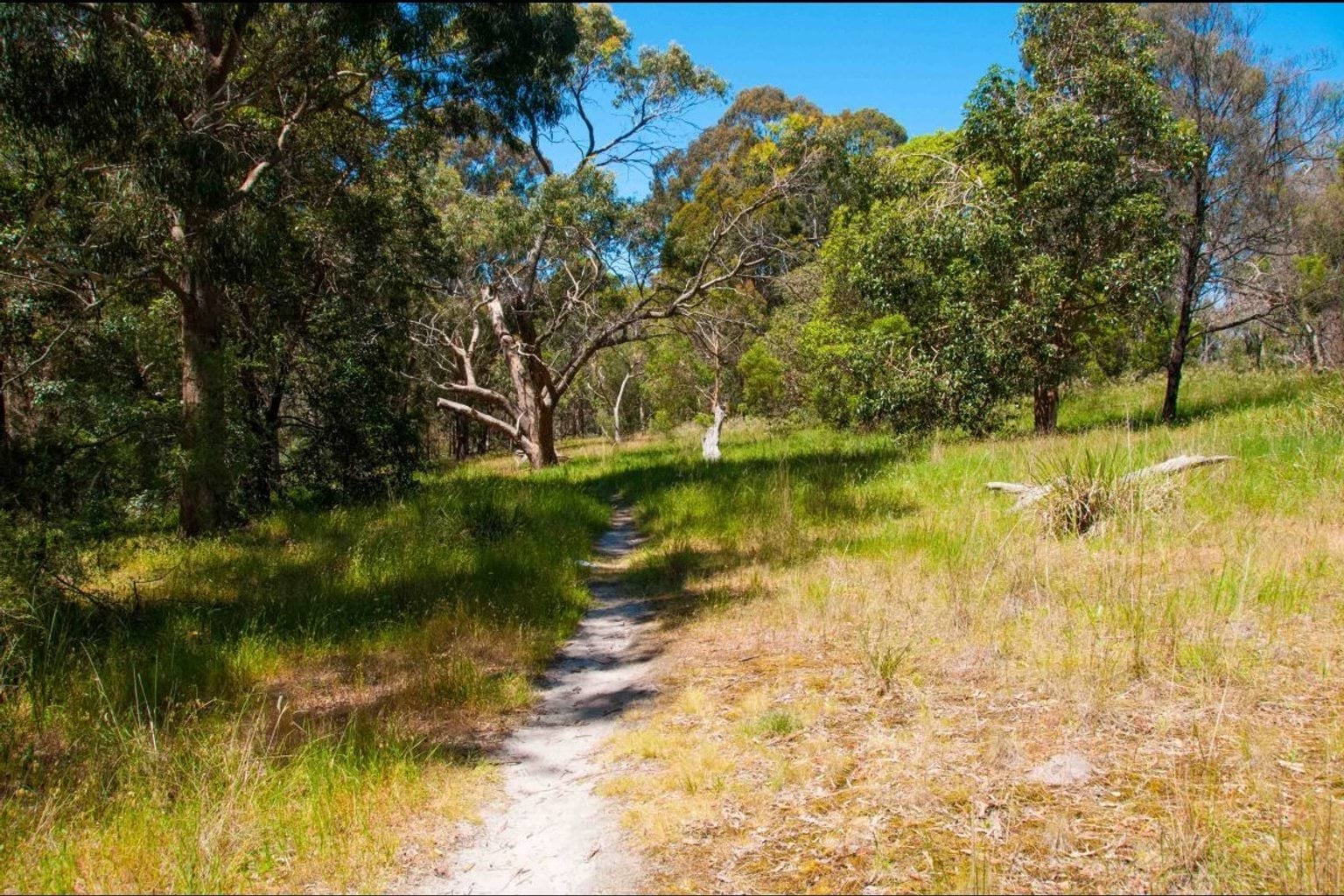
informal single tracks
Updated
